Last Updated on January 15, 2024 by ellen
New puppy owners are often overwhelmed by all the information they need to know about taking care of their new dog. These first time puppy owner tips are just what you need!
Posts may be sponsored. This post contains affiliate links, which means I will make a commission at no extra cost to you should you click through and make a purchase. As an Amazon Associate I earn from qualifying purchases.
I’ve put together this list of tips for first time puppy owners that will help you and your pup have a happy, healthy life together from day one. Enjoy these tips on how to raise a happy and healthy dog as well as my recommended shopping list!
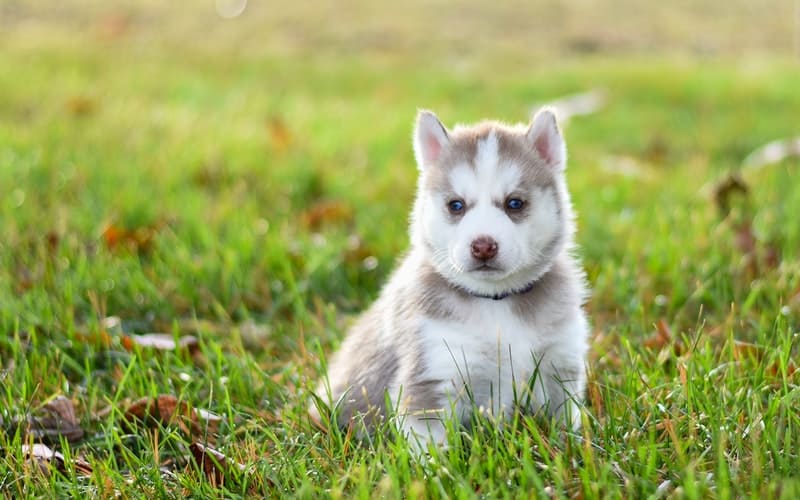
Table of Contents
First Time Puppy Owner Tips
Puppies need a lot of your time and attention, so make sure you can commit to this. Taking on a new puppy is a long-term commitment as they will be with you from 8-12 years! Puppies require constant supervision and care, remember there is no such thing as the “too tired” option when it comes to puppy playtime.
Puppies are not just like babies! They can, however, be a lot of work, so do your research and read the paperwork from the breeder or local shelter that comes with them before you bring them home. Make sure you have all your puppy supplies ready before your new puppy gets home.
Have everything set up on day one; this includes food and water bowls, bedding, playthings, and a safe place to play (inside or out).

What to feed a new puppy
As much as we all want what is best for our new pet; giving them table scraps or French fries from your plate isn’t one of those things! All human food should be kept well out of reach of your pup unless specifically made for dogs. This includes chocolate, alcohol, coffee, and any other human snacks.
Puppies need a variety of healthy proteins to grow strong bones and muscles. Feeding your pup the same type of meat every meal can cause upset tummies which results in lots of lost sleep for you! Mix it up with different protein types and remember that no one brand of kibble will work the same for every dog.
Try a few different types to see what your pup does best on. Some dogs are sensitive to certain ingredients, while others do well eating kibble made with chicken or beef by-products. No worries though! There are many great options out there today so you are sure to find something that will work for you and your furry friend. Talk to your veterinarian if you have questions.
Caring for young puppies
Puppies need to be fed four times a day, and they should never go more than five hours without eating. At six weeks old, puppies will sleep an average of 14-18 hours per day.
Do not let them “cry it out” and do not leave them alone for longer than 5 hours at a time until they reach three months of age. Puppies are part of the family and should be treated that way.
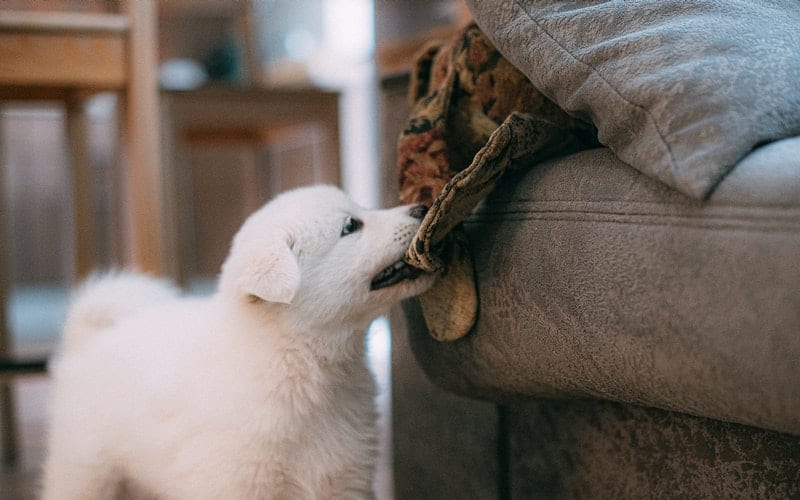
Tips for puppy proofing your home
Spend a few minutes each day puppy-proofing your home to make sure it’s safe for your new puppy. It’s important that you puppy proof any areas of your home your dog has access to.
Puppies will chew, so make sure you have plenty of chew toys on hand and invest in some natural, no-toxic sprays from the pet store when you bring them home.
Pet proofing your home is very much like childproofing. You are looking for items you wouldn’t want your dog to get into or swallow, anything from coins to rubber bands and dirt!
Stuffed animals can be deadly if chewed apart by a curious puppy. Make sure blinds are pushed up all the way, electrical cords are tucked safely away, furniture is protected with a cord cover, and any medications or chemicals are safely locked away.
Baby gates can be helpful to keep your puppy out of rooms you don’t want them in. You can also use them to separate your young puppy from an adult dog or cats that also live with you. Let your puppy explore their new environment safely.
Crate training a new puppy
While it may seem cruel to keep your dog locked up in a tiny space all day while you’re at work, this is one of the best ways to ensure they stay safe and secure until you get home! And though this isn’t known as an easy task, it doesn’t have to be as difficult as you may think.
Crate training works best when the puppy is introduced to their crate before they start using it as a bathroom! Start by placing a few treats inside and closing the door behind them after they enter. This way, your pup will come to see the crate as a place where good things happen.
When your pup is calm and quiet, let them out to play with a toy or take a treat break. Always leave the door open when they aren’t inside so that they can move in and out freely. If you see your pup going to the bathroom while inside, say “no” firmly by moving them into a different room and putting them back in the crate for a few minutes.
When your new puppy is staying inside its crate without going to the bathroom, start closing the door for short periods of time. Start by shutting them in there while you eat dinner or finish chores around the house to get used to being closed up alone. Move up from there and gradually extend the length of time they are in there, working up to a few hours. Always reward for good behavior.
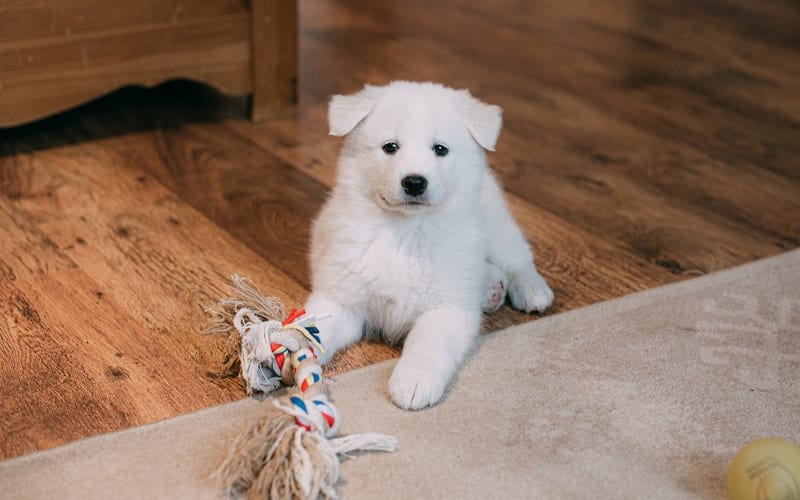
Supplies for new dog owners
You don’t need every gadget on the market to make dog ownership a success, but there are some essentials you can’t live without to make your daily routine easier. I’ve included a few recommendations along with my new puppy owner tips.
Food and water bowl
Disposable bowls will work just fine during your first few weeks with your new puppy. However, after time has passed, consider investing in non-tip bowls or heavy ceramic bowls that will last you a long while.
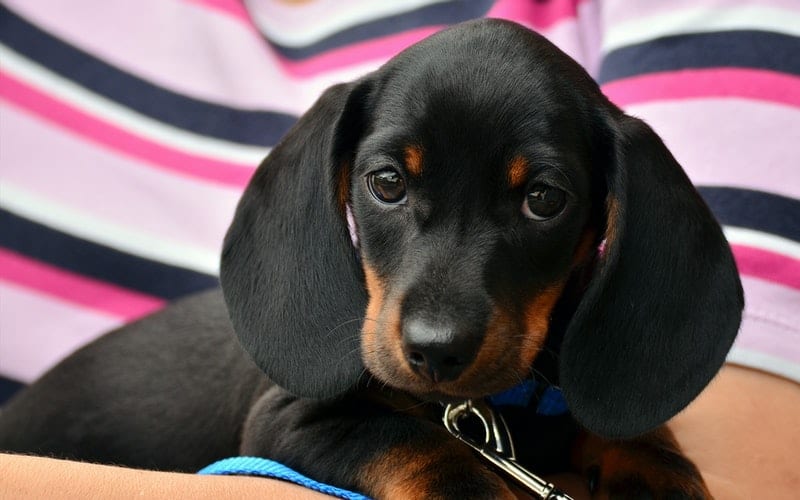
Collar and leash
Collars without metal slip buckles are the most comfortable for your pup, but make sure they can’t be easily removed in case they get stuck on something! Leashes should be made of sturdy material like leather or nylon (not cloth) to avoid fraying.
Keep at least one short leash, four to six feet in length, for training purposes and one long leash, 10 feet or more in length, for walking your dog.
Dog bed
Consider the type of climate you live in when choosing your pup’s bed. A thin mat will work just fine on warm summer nights while thick, cozy beds work best during the winter months. You can always make a no sew dog bed.
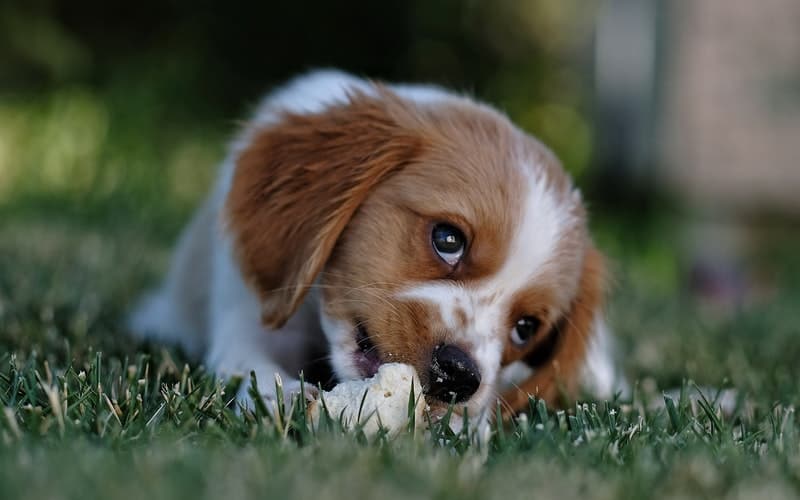
Dog toys
To avoid a chewing frenzy in your home, choose a variety of toys that can be stuffed with fresh dog food twice a month to keep them occupied while you’re out. Dogs love plush toys for cuddling up to and rope-like toys that let them play tug of war!
Check out these dog toys to start with.
Pet stain remover
Accidents are bound to happen when you have pets, especially when your new dog is still getting used to the potty training process! Treat these stains immediately with non-toxic pet stain removers or baking soda. Stock up on a few natural cleaning supplies made for pet stains.
Dog food and treats
It’s best to speak with a vet or trainer about which type and brand of food is best for your new puppy’s age and size. You can also coordinate with your vet to create a custom blend of quality food that meets all of your pup’s nutritional needs.
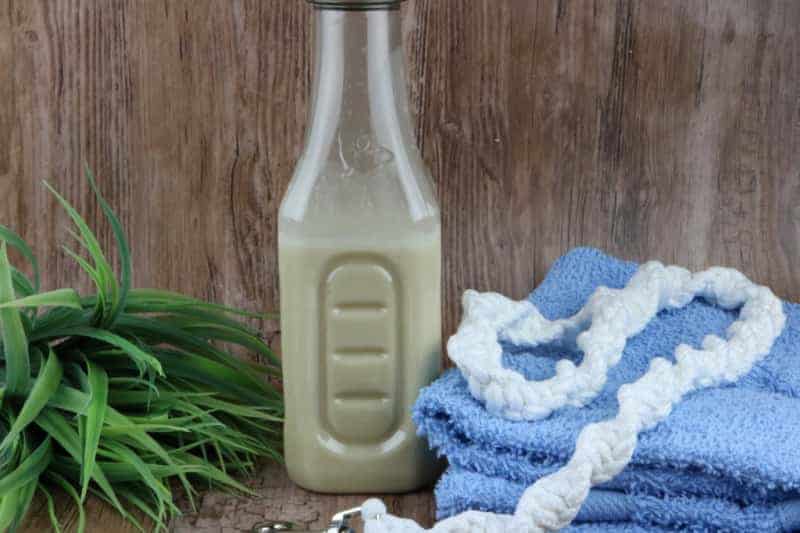
Dog shampoo
Make life easier on yourself by choosing a dog shampoo that is specially formulated for allergies, sensitive skin, dandruff, dry skin, and other skin conditions! Use the special shampoo to gently clean your puppy and rinse it out with water.
You can make your own dog shampoo for an oily coat.
Dog toothbrush and dog toothpaste
With a touch of doggy flavor, dogs will be begging for their teeth to be brushed with these teething supplies! Use either a finger brush or an actual brush depending on how independent they are. And just like you need special toothpaste, so does your dog! Be careful, teething puppies may bite.
Dog first-aid kit – Accidents happen and knowing what to do in an emergency can be a lifesaver. Keep all of your dog supplies organized and accessible in a labeled first-aid kit. This way you always know where to find them. It’s best to keep it out of reach from children just as you would any other medication, cleaning product, or tool.
Check out this homemade dog toothpaste.
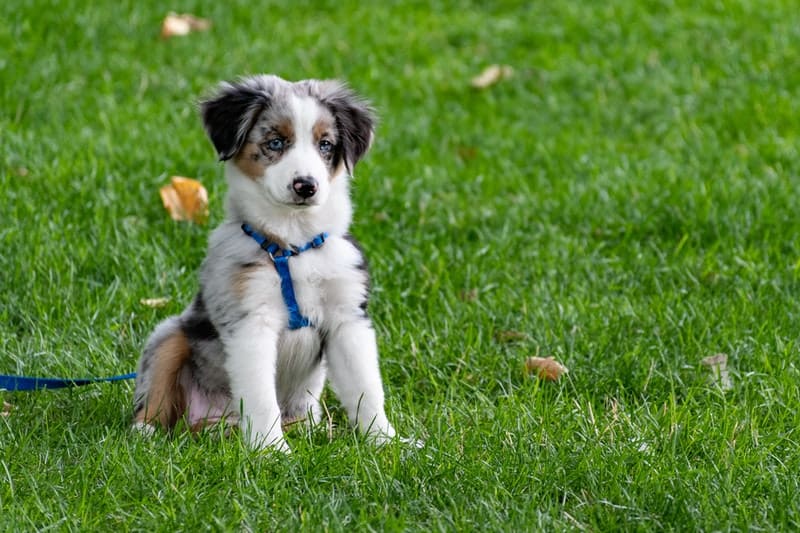
Simple tips for potty training
Take your dog outside at least three times a day for short periods of time. This will help them get familiar with the smells and feel of going potty in their favorite spots in your yard or on a local park’s grass.
Reward them by playing with them or giving treats when they find the right spot to do their business, especially after meals. To speed up the house training process, you can also leash them to a stationary object and wait a few minutes before taking them out for a break when it’s potty time.
Puppy pads can be helpful to keep on hand when you bring your puppy home. This will allow them to get used to going potty in a designated area while continuing to train them outside. However, an untrained dog may see puppy pads as a sign that it’s okay to pee inside.
Doggie Lawn is a wonderful option that mimics the outside lawn to avoid potential problems. Use code VYIG to save.
Keep a close eye on your new pup during their first few weeks at home, especially after meal times and when they first wake up. Take them outside on a leash. Then, repeat their name and “potty” as you watch for signs of an accident, like sniffing the floor or circling around.
Keep track of how long it takes your pup to go potty after eating, sleeping, or waking up from a nap. If they’re taking longer than normal, you can take your new puppy outside more often to avoid a “surprise” accident.
Remember potty training takes time. Don’t expect your puppy to be perfect at this the first week you bring it home. One of the most important first time puppy owner tips I can offer is to have patience.
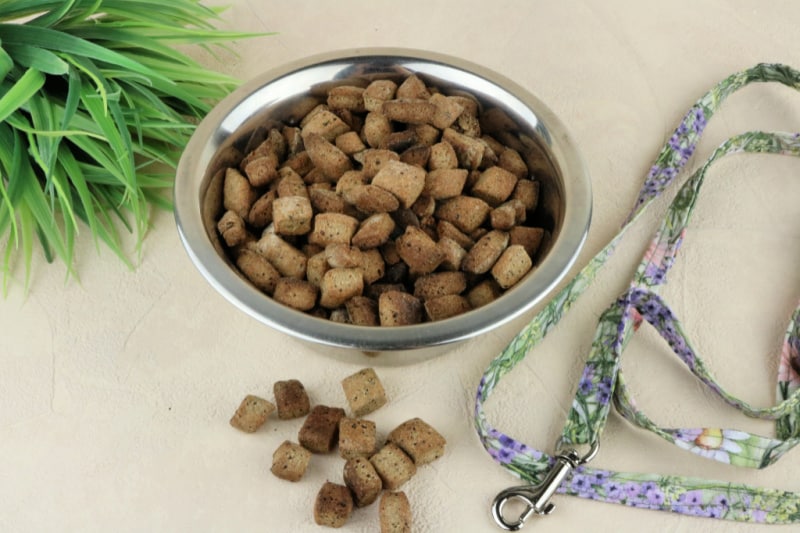
Puppy training classes
These classes be a big help in training your puppy to go potty outside. Look for puppy classes that teach positive reinforcement and reward-based training, like offering treats or playtime. If you don’t have time for formal training sessions, look into hiring a dog trainer who can come to your home and work with you and your pup.
It’s best to hire a trainer who uses positive reinforcement. This can help prevent your puppy from becoming fearful of you or what will happen if they make a mistake. It’s also best to stay away from trainers who rely on punishment-based training methods.
Check with sites like the American Kennel Club or your veterinarian for approved trainers in your area. They can help you start training your puppy with the right dog trainer.
Related Reading
If you enjoyed these first time puppy owner tips, you might enjoy these.
- Poodle puppy supplies
- Puppy safety tips for Thanksgiving
- How to avoid puppy scams
- Fresh puppy food
- How do deal with biting behaviors
- Do snails hibernate?
- How to dog sit for a friend
- How to take care of a baby rabbit
- How to keep dogs out of the garden

Ellen runs a small pet sitting business in southern Vermont. She has experience with a variety of small animals, dogs and cats. She has also cared for ducks, chickens and rabbits. Combined, she has over 20 years of experience in pet care and pet sitting.